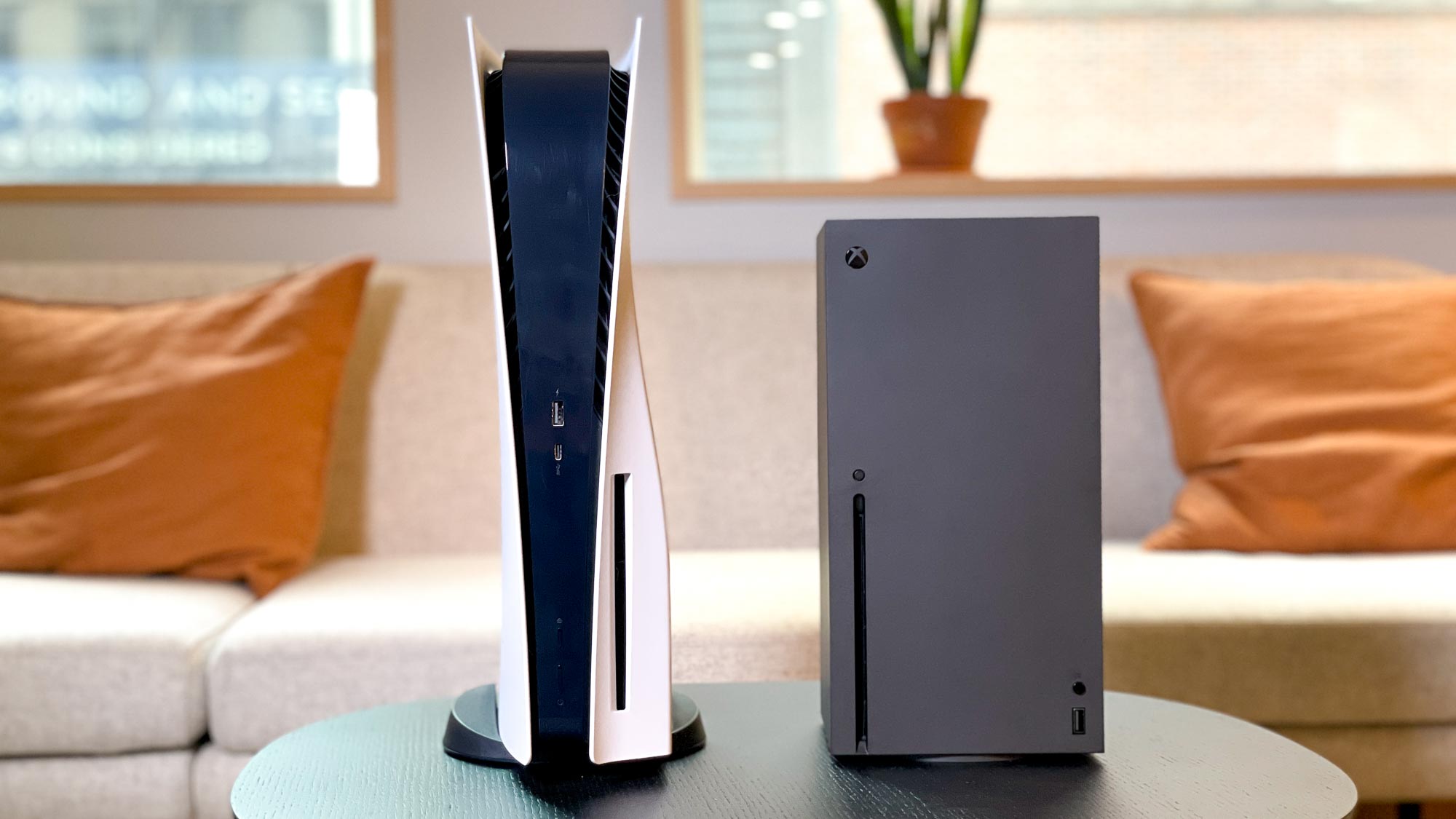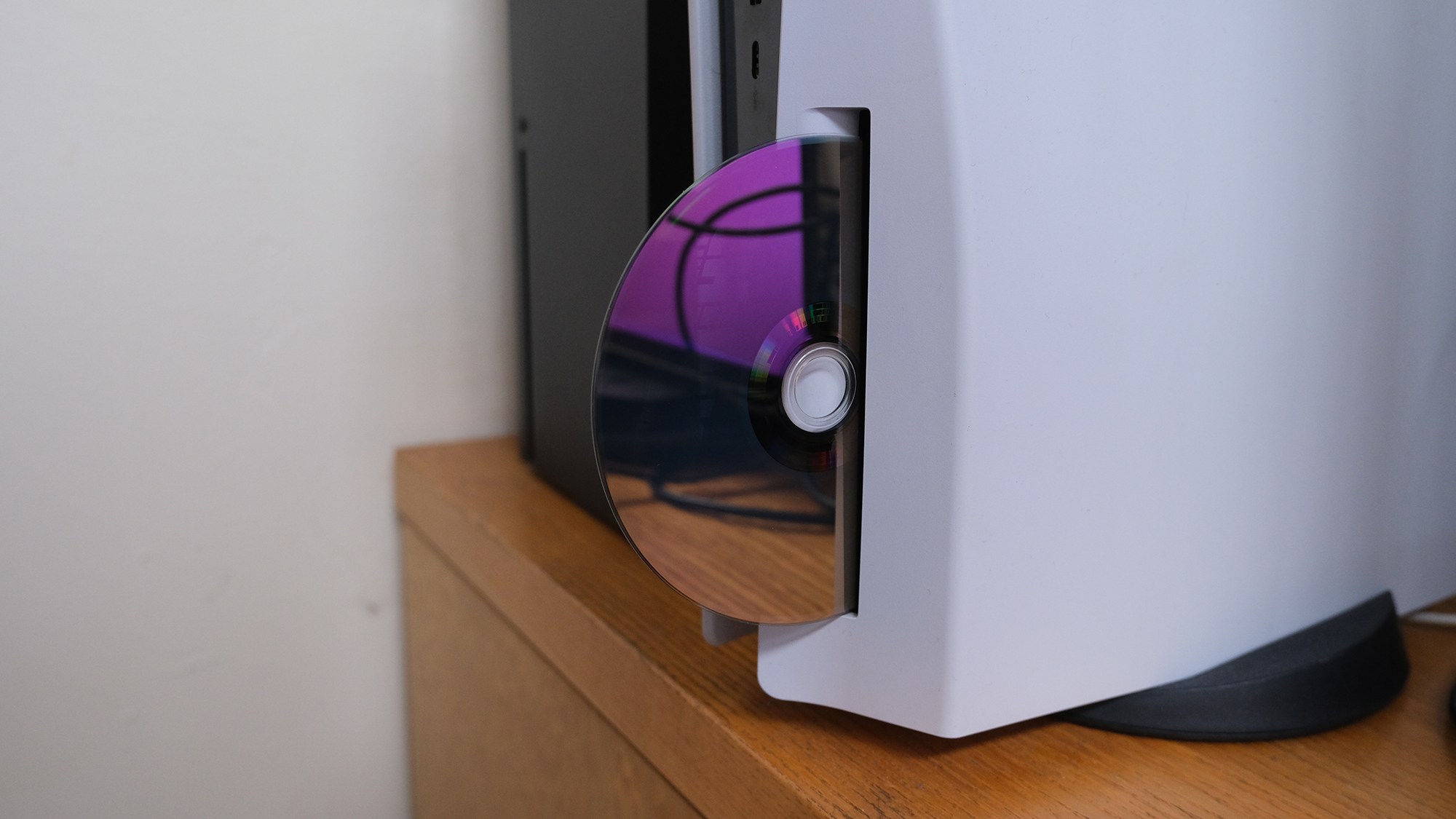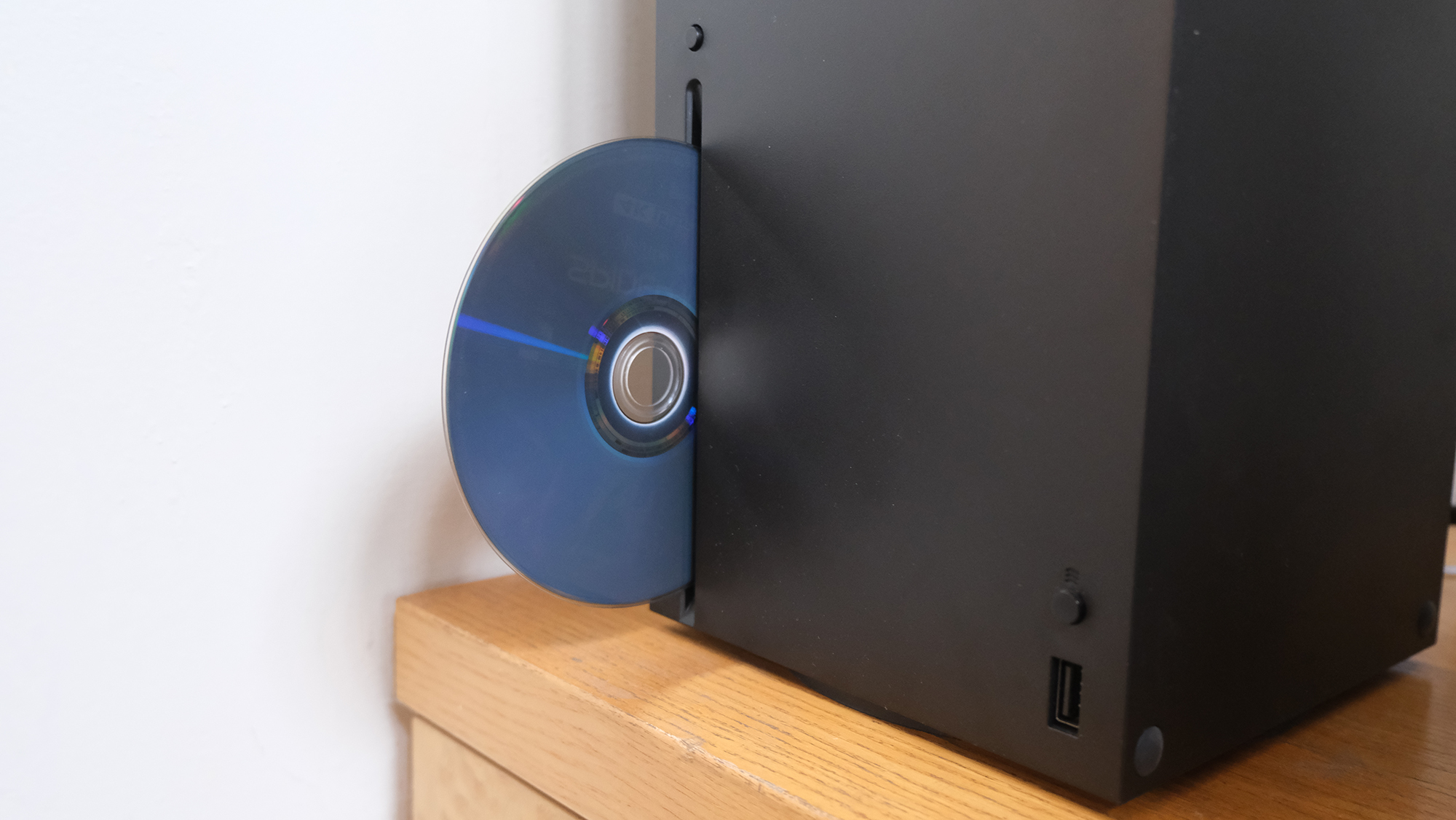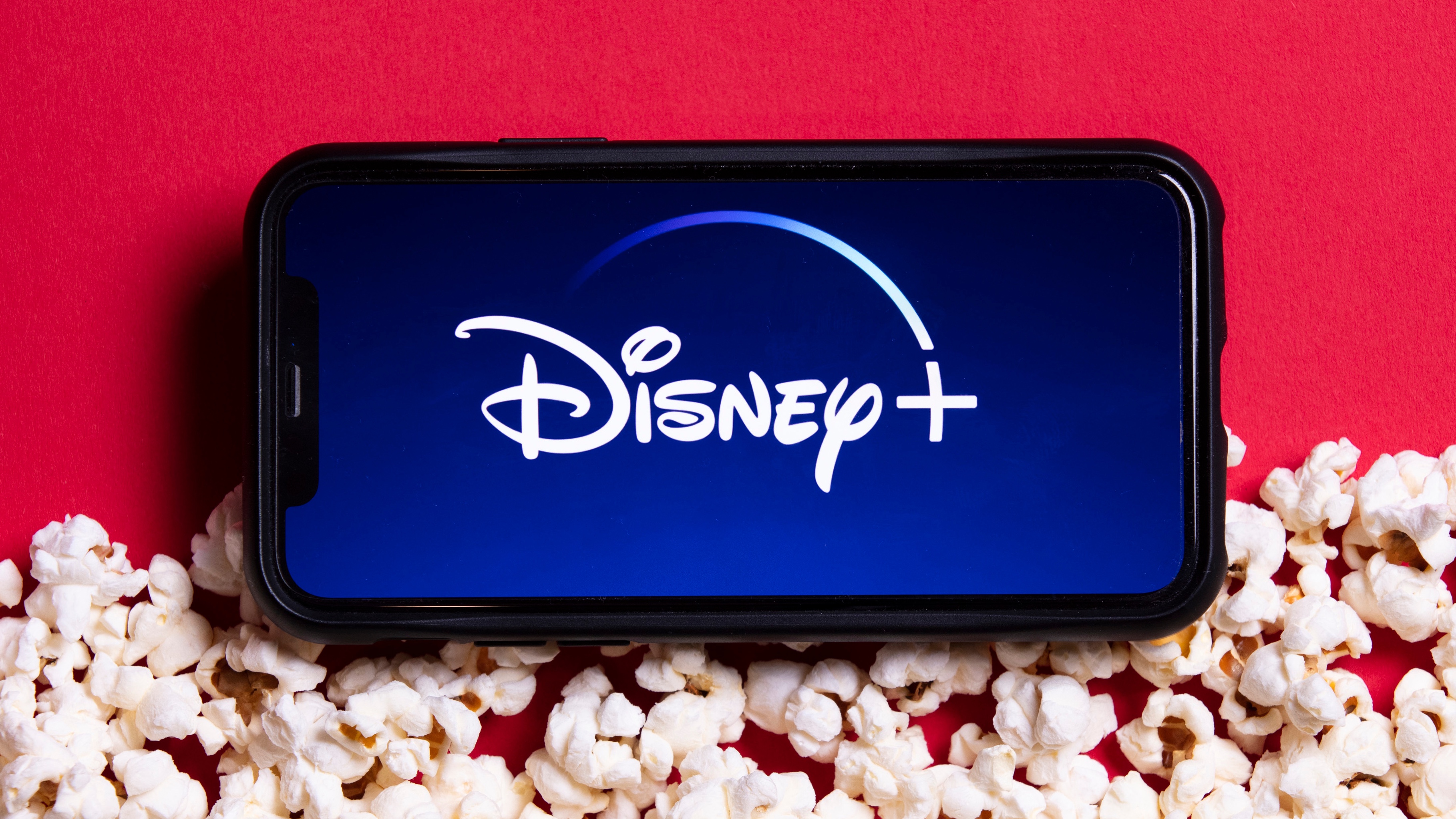I wish I knew about this PS5 and Xbox Series X Dolby Vision problem earlier

Editor's note: This article previously, incorrectly, stated that the PS5 had Dolby Vision support in streaming apsp apps. It does not.
As much as I'm a gamer, I'm a movie-lover. So, when it came time for me to buy a next generation console (first the PS5 and later an Xbox Series X), I bought the disc-drive bearing options. And looking back at those decisions, I wonder if I made the right call.
Sure, I'd rather have the Xbox Series X's higher internal storage and 4K gaming, but after I tried to watch a 4K Blu-ray of Spider-Man: No Way Home on Microsoft's console, I've realized I didn't make the most informed buying decision. So if you're one of the prospective console shoppers, and thinking about PS5 vs PS5 digital edition or Xbox Series X vs Xbox Series S, let me introduce one element you might not have thought about — optical media.
And, yes, as the world of physical media slowly gets replaced by streaming, this may not be a huge deal to you. But it's enough of a concern that I'm actually looking into standalone Blu-ray players.
The PS5 and Xbox Series X's Dolby Vision issues

Dolby Vision, one of the top and widely-accepted video standards in home entertainment, is only kinda there on Xbox Series X. I say "kinda" because folks watching the Marvel movies in order on Disney Plus or streaming the latest Netflix Original series on the Xbox Series X — which stream in pristine Dolby Vision — will likely have no idea why i'm upset.
How the heck do you support Dolby Vision for apps, but not discs? It doesn't really make sense at all.
That's because streaming apps are the only way to watch something in Dolby Vision on one of these consoles. Those consoles only have regular ol' HDR for optical media, which isn't bad, but it's below the established standards.
As we've stated on Tom's Guide, Dolby Vision television sets "should deliver a more dynamic, brighter and livelier image" than regular-old HDR, though some of the metrics that get us there are supposedly coming from sets that aren't even out yet.
Get instant access to breaking news, the hottest reviews, great deals and helpful tips.
For what it's worth, optical media played back on these consoles does allow for the more-immersive sound of Dolby Atmos, just (again) not Dolby Vision.
How the heck do you support Dolby Vision for apps, but not discs? It doesn't really make sense at all. It feels like some issue about someone not wanting to pay for it. These consoles are far from cheap, though, at $500 each.
Outlook: What are my options?
Is this a huge deal? Probably not. Is this something that makes me want to sell my Xbox Series X or PS5? Not really. But it's still the kind of thing that I wish I knew going in. I probably wouldn't have made the decision to save $100 to $200 by getting the digital-only versions of either console, but that optical drive doesn't feel as complete without Dolby Vision.
That's especially true when standalone 4K Blu-ray players start at $219 online. But I don't really want another piece of hardware cluttering up my counter-top. Maybe this is just a sign to leave optical media behind.

Many copies of movies you buy these days comes with a digital code through MoviesAnywhere. I was buying physical copies, though, to prevent any loss of quality that comes with the streaming process.
What I'll likely do, I think, is just always make sure that the streaming device I'm using is hard-wired to my router to try and prevent quality dips. I wish Sony or Microsoft would just add Dolby Vision for their optical media drives, but since these consoles have been out since November 2020, I'm not going to hold my breath.
Then again, Nintendo eventually added Bluetooth headphone support, so maybe not all hope is lost. For now, though, the writing continues to be on the wall for optical media. If these mammoth consoles (likely two of the more popular Blu-ray players) can't get Dolby Vision for discs, why should I think disc-based media is important?

Henry was a managing editor at Tom’s Guide covering streaming media, laptops and all things Apple, reviewing devices and services for the past seven years. Prior to joining Tom's Guide, he reviewed software and hardware for TechRadar Pro, and interviewed artists for Patek Philippe International Magazine. He's also covered the wild world of professional wrestling for Cageside Seats, interviewing athletes and other industry veterans.
